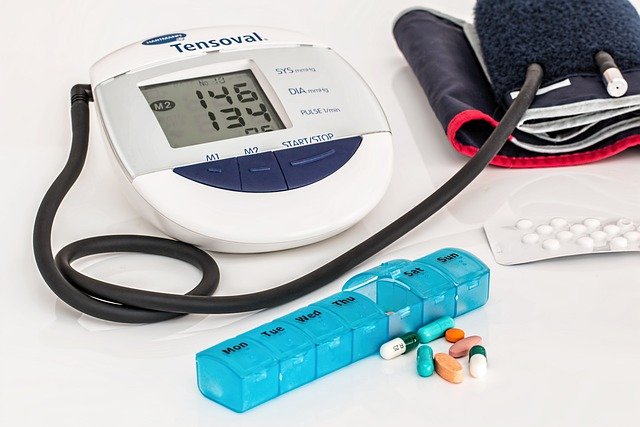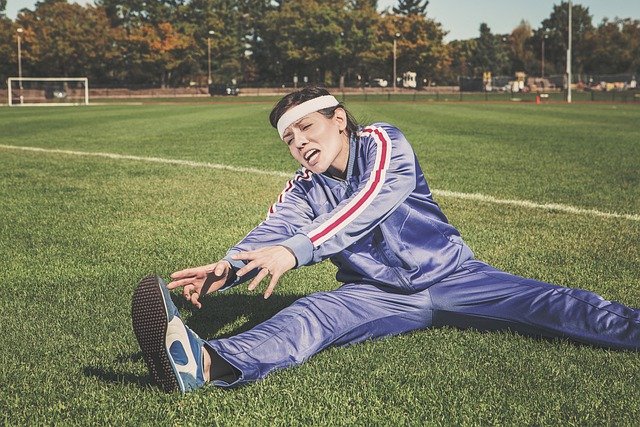What Does PRICE Stand For In Health? A Full Explanation
What does PRICE mean in terms of health, first?
PRICE stands for protection, rest, ice, compression, and elevation in health.
Protection: shield the injured area from additional harm, for instance by using a support.
Reduce your daily physical activity and take some time to rest. If you can’t put weight on your ankle or knee, using crutches or a walking stick may be helpful. If your shoulder is hurt, a sling might be helpful.
Ice: every two to three hours, apply an ice pack for 15-20 minutes to the injured area. The best option is a bag of frozen peas or something comparable. To prevent an ice burn, wrap the ice pack in a towel before applying it to your skin.
Compression is a useful technique for reducing swelling during the day.
Elevation: Whenever you can, raise the injured body part above the level of your heart. Additionally, it might lessen swelling.
For more specific information, keep reading.
Table of Contents
Protection: PRICE In Health
Protection is meant to prevent further injury. Using crutches, a cane, or hiking poles, for instance, can help prevent further damage to an injured foot or leg by limiting or eliminating weight-bearing. A sling, splint, or brace may be used to partially immobilize the injured area, providing additional security.
Rest: PRICE In Health
Rest is important to allow for healing. However, many sports medicine specialists use the term “relative rest” meaning rest that allows for healing, but is not so restrictive that recovery is compromised or slowed. A person should refrain from engaging in any actions that could aggravate their injury or slow or prevent healing. However, it’s good to move around occasionally. It has been demonstrated that simple isometric contractions and gentle, pain-free range-of-motion exercises of the joints and muscles close to an injury can hasten healing. See more about What Is Carbon Health?
Ice: PRICE In Health
Ice refers to the use of cold treatments, also known as cryotherapy, to treat acute injuries. The use of ice is advised in an effort to lessen pain and minimize swelling. Cryotherapy can be used in a variety of home settings. A simple plastic bag filled with crushed ice placed over a paper towel over the affected area is the most popular and practical solution. Limiting the duration of exposure to the cold to 10 to 15 minutes is crucial for skin protection. Most experts agree that shorter bursts of continuous ice application, such as 10 to 15 minutes on and 1 to 2 hours off, are more efficient and secure.
Cold exposure may cause skin sensitivity or allergies. Where the ice touched the skin, it could show up as mottled, irritated skin that is also red and raised. The ice treatments should stop if this happens. However, redness alone is typical and should go away after rewarming for a few minutes.

Compression: PRICE In Health
Swelling around the injured area is lessened by compression. Additionally, it provides the injured area with some additional support. Wrapping the injured area may be done with an elastic bandage, athletic tape, or even a piece of clothing. Make sure not to wrap it too firmly. It may cut off the blood supply to the injured area if it’s too tight.
Elevation: PRICE In Health
Swelling can also be reduced by elevating the injured area of your body on a pillow. Keep the body part above your heart level for best results. As a result, fluid doesn’t accumulate in the area that is injured. Try to keep the injured body part from drooping by resting it on pillows or a chair if you are unable to elevate it above the level of your heart. See more about Is Oat Or Oatmeal Good For Gut Health?
Conclusion
When the pain and swelling start to go down, restoring range of motion (ROM), in addition to protection, rest, ice, compression, and elevation, is crucial to the healing process. Active ROM of an injured joint assists in introducing new blood flow to the injury site to “flush” out any residual cellular waste and joint edema present. Motion also helps to prevent the growth of scar tissue and adhesions and prompts the nervous system to start activating the muscles that regulate strength, balance, and proprioception (position-movement sensation or body awareness) when return to play occurs. An athlete should seek the advice of a doctor for additional evaluation and/or diagnostic testing if they experience pain or swelling after returning to play or while rehabilitating before playing.
Return to play should ultimately be dictated by:
- pain-free, full range of motion;
- equal strength compared to the uninjured side;
- elimination of bruising and swelling;
- equal balance compared to the uninjured side (if it is a lower body injury); and
- no residual gait deficits.
Rest is necessary before your child returns to sports, in addition to being crucial in the moments following the injury. Returning too soon from an injury can cause further damage and result in a chronic, long-term condition, such as chronic ankle instability
Please leave a comment if you have any queries.

